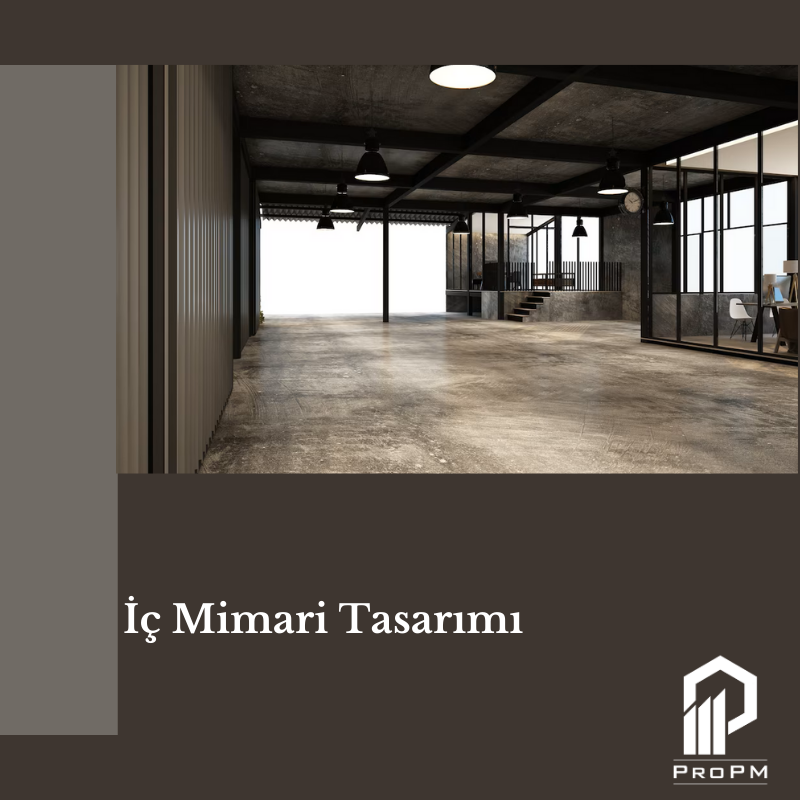Interior architectural design increases the aesthetic values of the spaces as well as their functionality. Decoration elements such as colors, patterns and texture determine the character and atmosphere of the space. The right choice of lighting can affect the spaciousness or narrowness of the space, the heat or coldness, as well as the ambiance and feel of a room.
As a result, interior architectural design is a design process to ensure that the spaces within a building are functional, aesthetic and useful. A good interior design can make a big difference to the use of spaces and quality of life.
What Do We Do in Interior Design for Sustainable Buildings and Green Buildings?
Sustainable buildings and the construction of green buildings have become an important issue in terms of environmental protection and energy efficiency today. The design and construction of such buildings not only reduces the harmful effects on the environment, but also saves energy and has positive effects on the health of the users.
Interior architectural design plays an important role in the construction of such buildings. Interior architectural design is the functional, aesthetic and ergonomic design of the interiors of a building. Interior architectural design in sustainable buildings offers sensitive and energy-efficient solutions to environmental impacts.
Some of the things done in interior architecture design as PROPM in sustainable buildings and green buildings are:
- Providing natural lighting and ventilation
- Using energy-efficient lighting and air conditioning systems
- Use of recycled and renewable materials
- Using low-flow faucets and toilets to conserve water
- Providing thermal insulation and energy efficiency of interior spaces
- reating waste management and recycling programs
Interior architectural design in sustainable buildings and green buildings not only adopts an environmentally friendly approach, but also gives importance to the health of the users. For this reason, the use of natural materials, ergonomic regulations and smart building technologies are also included in the interior design, avoiding substances harmful to human health.
The construction of sustainable buildings and green buildings, interior design and selection of appropriate building materials ensure the formation of environmentally friendly and energy efficient buildings. In this way, we can both protect nature and save energy and leave a more livable world to future generations.

